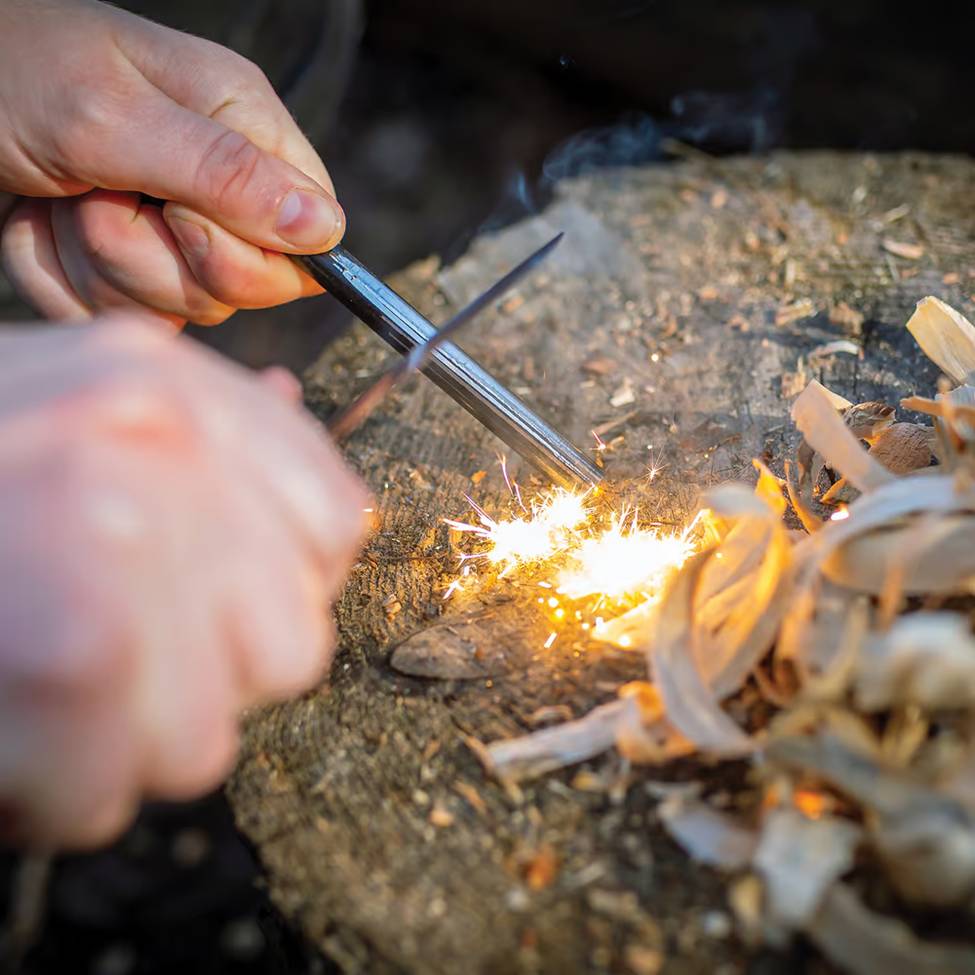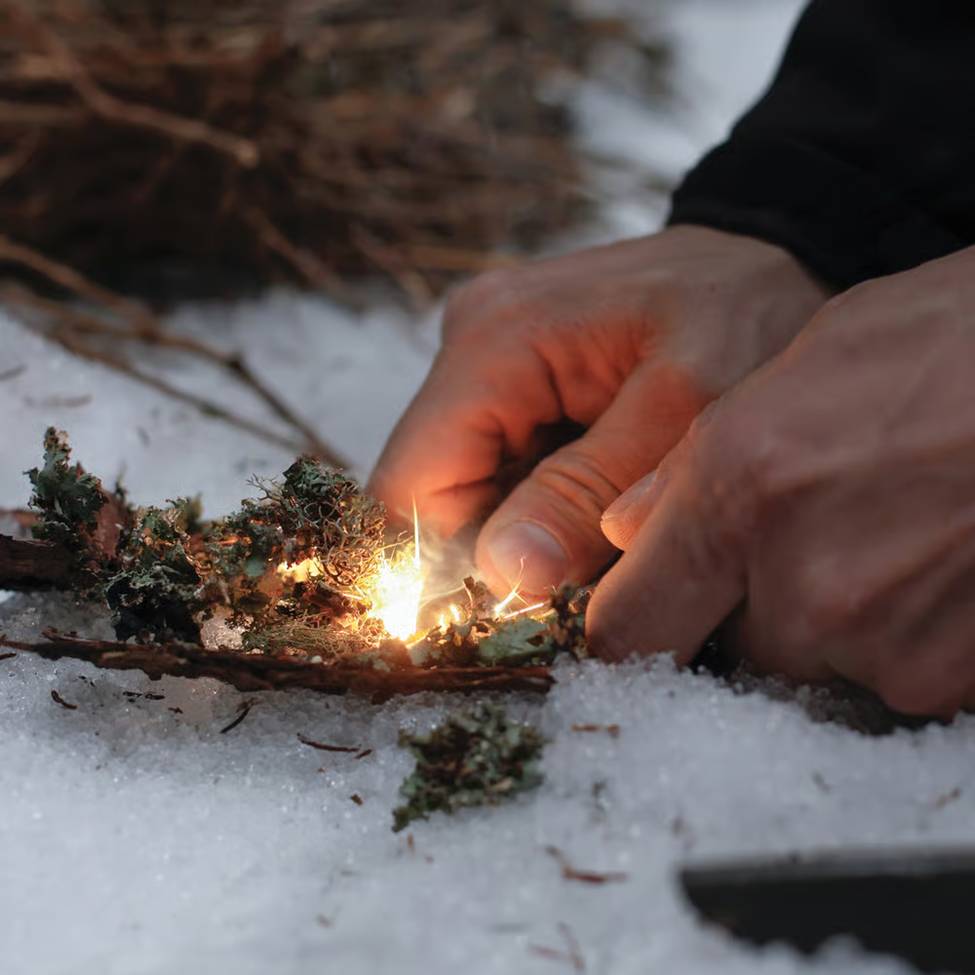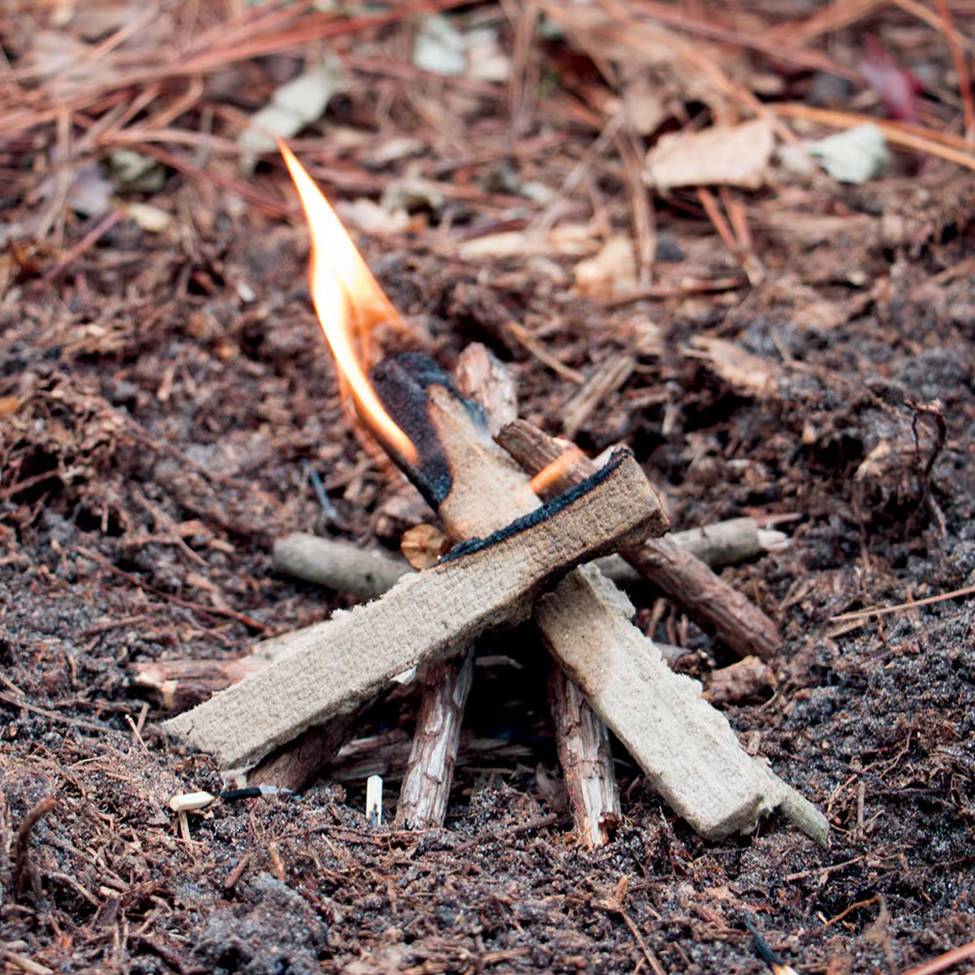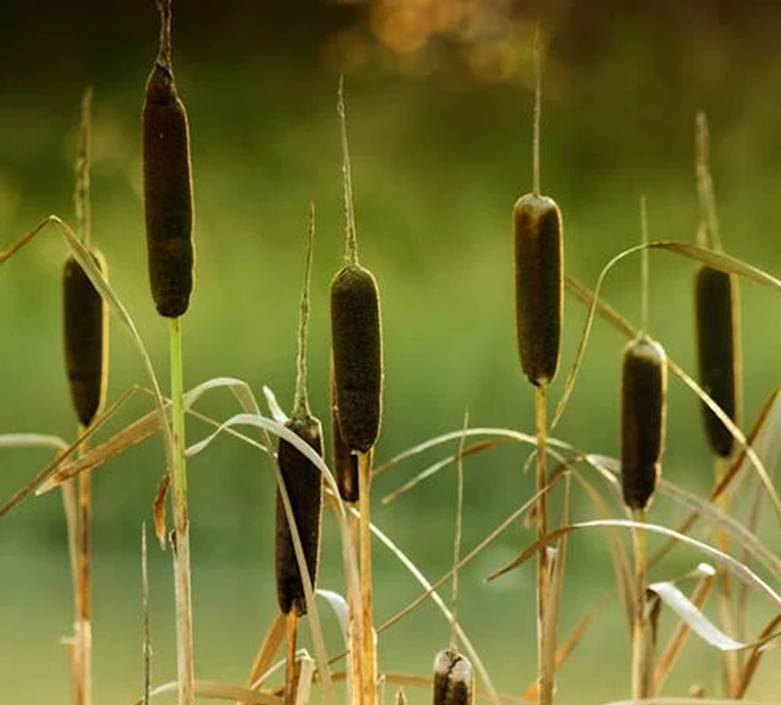6 Types of Fire Starters You Need to Know About (Plus, What Can You Use As Tinder?)


Every bug out bag and survival pack should contain a few different types of fire starters that will serve as a hedge against uncertainty and unforeseen circumstances. If you’re ever caught in the cold, being able to make a fire with what you have available can save your life. So, with no further ado, here are 6 different types of fire starters (plus some sources of tinder). Make sure you pack at least two of the different options mentioned here.
Ferrocerium Rods


All in all, ferrocerium rods are some of the best fire starters on the market. Ferrocerium is a highly pyrophoric compound known as a mischmetal, made of different elements such as neodymium, lanthanum, praseodymium and cerium (hence the name). When small pieces are struck from the rod, they react rapidly with oxygen, releasing heat in the process. That is, they produce sparks. The sparks from a ferrocerium rod, also known as a ferro rod or a firesteel, can reach several thousand degrees and as a result are excellent at lighting a variety of different sources of tinder. Check out some of the ferro rods we sell here. Most will last through several thousand strikes, giving you unparalleled ability to strike a fire even in inhospitable conditions.
Actual Flint and Steel
True flint and steel takes a lot of getting used to and is not for the uninitiated. The sparks are evanescent and don’t burn hot, so you can only strike a fire using flint with certain materials, such as char cloth. All the same, if you can commit to the time it takes to learn how to make a fire with a real flint and steel, it’s a good skill to have.
Sparkwheels


Sparkwheels are basically a small ferrocerium “flint” mounted within a housing that contains a hardened steel striker wheel. To light a fire with a sparkwheel, you need some good, dry tinder. Then you simply strike the wheel into the tinder to capture the sparks, and when the sparks catch you can start building a fire.
Magnifying Glasses
A magnifying glass is not a fire starter in and of itself, but if you have bright overhead sun and some good, dry tinder, you can definitely make a fire using one. Plus, magnifying glasses have other survival uses, such as inspecting wounds and pests, so it’s worth stashing one in your bug out bag.
Waterproof Fire Starters


There is a whole class of fire starters that are made of water-resistant (or waterproof) and windproof materials that are easy to light with little more than a spark, and which will burn hot for quite a bit of time. Some good examples include our Dragonfire Emergency Fire Starters, made of wax-impregnated cotton, which are waterproof, windproof, and which light easily. Another option is our Never Fail Waterproof Fire Starters, which are easy to ignite, burn for a long time, and will still readily light even after being submerged.
Lighters and Waterproof Matches
Lighters and waterproof matches constitute a whole other class of fire starting essentials. Waterproof matches are great because they are weather resistant and can be split a few times to extend their viability. Also, with matches, you don’t need to carry lighter fuel or fluid.
As for lighters, there are all different types, some of which burn liquid fuel and others which burn butane gas. There are also electronic lighters that produce a small plasma arc that is extremely hot and can be used to ignite other fuel sources. Some good options include our BugOut Water Resistant Micro Lighter and our Zenfire Butane Torches. As for electric lighters, such as our Pyre Double Arc USB Lighter, they are useful since they can be recharged wherever there is electricity and you don’t need to carry separate fuel.
So What Can You Use As Tinder?


Unless you travel with ready-to-use fire starters like the Dragonfire and Never Fail starters mentioned above, you will need to get good at identifying good sources of tinder. Tinder is the finest of fuels, and will burn readily with just a spark, which means you will need tinder to light a fire with a sparkwheel, ferro rod, lighter, matches, or magnifying glass. Some good sources of tinder include but are not limited to:
- Standing dry grasses
- Fine plant down, such as thistledown or milkweed fluff
- Cattail fluff
- Dryer lint
- Light paper, such as tissue paper or newsprint
- Cotton balls
- Punk wood
- Char cloth (a type of partially pyrolized material that will light with a spark and which is windproof once lit)
- Dry inner bark, shaved thin or scraped with the spine of a knife
- Dry wood shavings
- Fine, dry pine needles (such as those from a white pine)
- Dried tinder fungus (hoof fungus)


Explore Other Firestarting Essentials Here
While this list makes a good foray into some of the most popular fire starters and firecraft essentials, there are many others where they came from. Take a look through our full collection at the link above and make sure your bug-out bag is prepared with more than one option for making fire when the chips are down.